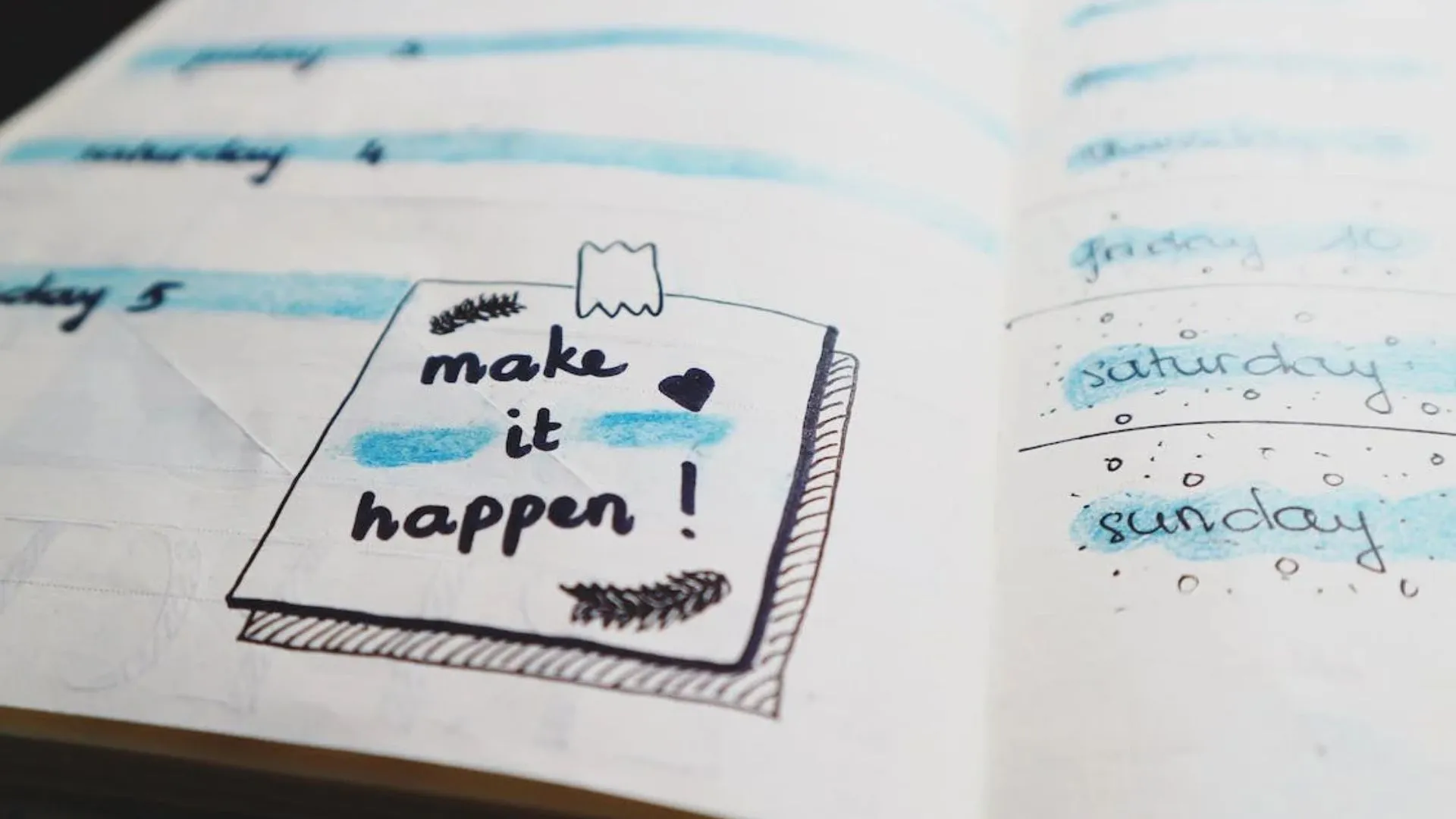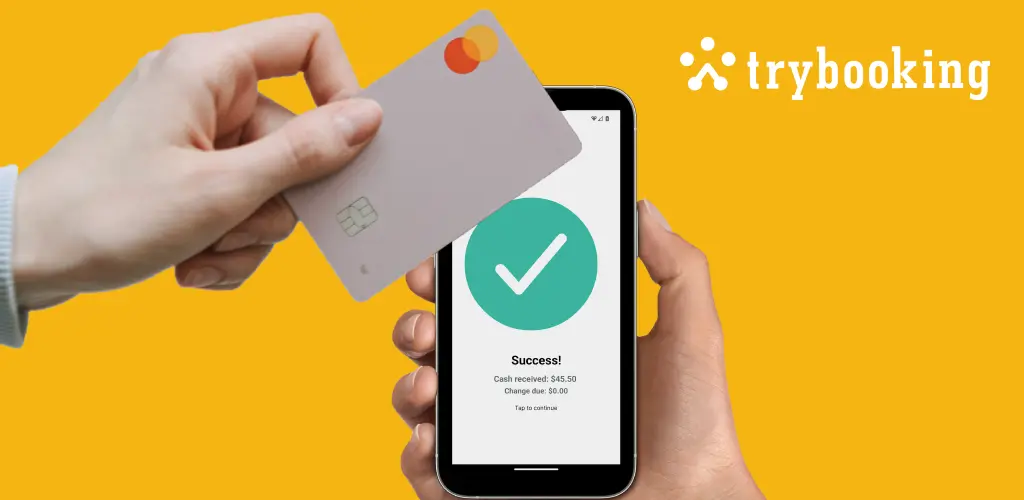How To Host A Successful School Fundraiser
Fundraising is the process of raising money to support a cause, organisation or project. It can be done by individuals, groups, and schools.
Schools are an important part of our community, and they need funding to continue operating effectively.
Schools provide students with an education that will help them succeed in life, but this comes at a cost which must be covered somehow!
The challenge for many schools is finding ways to raise funds without compromising their core values or putting pressure on parents who already have enough financial responsibilities themselves (such as paying tuition).
- 1. Types of Fundraising
- 2. Setting a Goal
- 3. Creating a Plan
- 4. Getting the Word Out
- 5. Tracking Progress
- 6. Wrapping Up
Types of Fundraising
There are many ways to raise funds for your school. The following are the most common:
Events: These can range from bake sales to car washes and can be held at the school or off-site.
You can also take advantage of local community events like parades or fairs that may already have an established fundraising component (e.g., selling tickets). Check out our list of fundraising event ideas for Australian schools.
Online campaigns: Online crowdfunding platforms allow you to set up a page where people can donate money using their credit cards or PayPal accounts.
You'll need some way of promoting this campaign so that potential donors know about it.
Social media is one way, but you might also want to consider reaching out directly through email marketing campaigns as well as print materials like flyers and brochures that list all the details about how people can contribute directly via these platforms (such as how much they'll receive in return).

Setting a Goal
So, you've decided to start a fundraising campaign. Now what?
First, determine the amount needed and establish a timeline.
This will help keep everything organised and ensure that you're able to meet your goals in time for when they're needed.
Then create a budget for how much money can be raised through various activities like bake sales or car washes.
Then look at how much will come from other sources like grants or donations from individuals who want to support your cause but don't have the time or resources to organise an event themselves.

Creating a Plan
Once you've identified your target audience, it's time to create a marketing plan. This will help you determine how best to reach out and connect with them.
You'll want to think about how much time and money you have available for this project, as well as what kind of resources (such as volunteers) are available at your school.
Once the planning stage is complete, it's time for action!
The next step is developing a timeline for completing each task on your list
This way everyone knows what needs done when and can work towards meeting deadlines in an efficient manner.

Getting the Word Out
Social Media: This is a great way to get the word out about your campaign, but it's also important to note that social media isn't always the best way to reach everyone.
If you want your message to be seen by as many people as possible, try posting flyers around town or sending an email campaign.
Flyers: Flyers are one of the most common forms of advertising for fundraising campaigns because they're cheap and easy-to-use.
Just make sure you have permission from whoever owns/operates where you're putting up flyers before doing so!
Email Campaigns: Sending emails through MailChimp or another email service provider is another great way to get the word out about your cause and it doesn't cost anything extra if someone decides they want more information after reading through what you've sent them!

Tracking Progress
To help you stay on track, it's important to set milestones and monitor your progress. You can do this by tracking donations and engagement with the community.
Track Donations: If you're raising money for a specific cause (like a new computer lab), then it's important to know how much money has been raised so far and what needs to be done in order for the project to be completed.
Ensuring that all your hard work doesn't go to waste!
Monitor Engagement: It's also helpful to keep tabs on how engaged people are with your fundraising campaign as well as any other events associated with it (such as bake sales).

Wrapping Up
Let's wrap up by looking at the final report. This is a document that you can use to summarize your fundraising efforts. It will include:
- A list of all donors, including their contact information and donation amounts
- A list of all organisations you contacted for donations, along with their responses (if any)
- Your final tally for how much money was raised
Conclusion
Fundraising for schools is an important part of the educational process.
It allows students to have a voice in their education and gives them a chance to develop skills that will help them succeed later in life.
Fundraising can be difficult, but it doesn't have to be!
The tips we've provided here will help you get started with your own fundraising efforts and make sure they're successful.
If you’re looking to create a fundraising event, online donation campaign, or both. TryBooking provides you with a multi-use platform to assist you’re fundraising goals. Try us out today

A guide on how to market your event on Facebook
May 29, 2023 · 1 min read






























